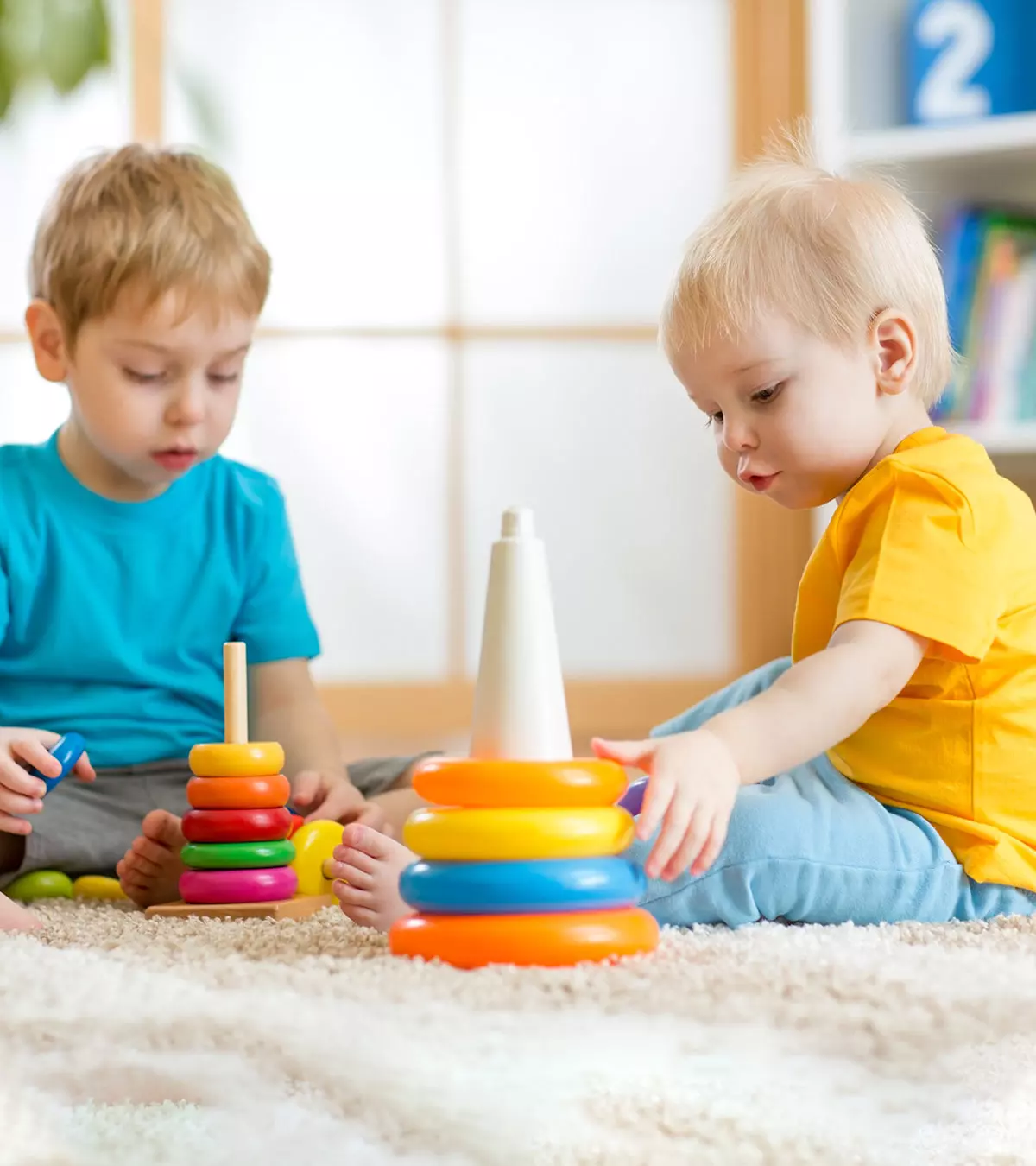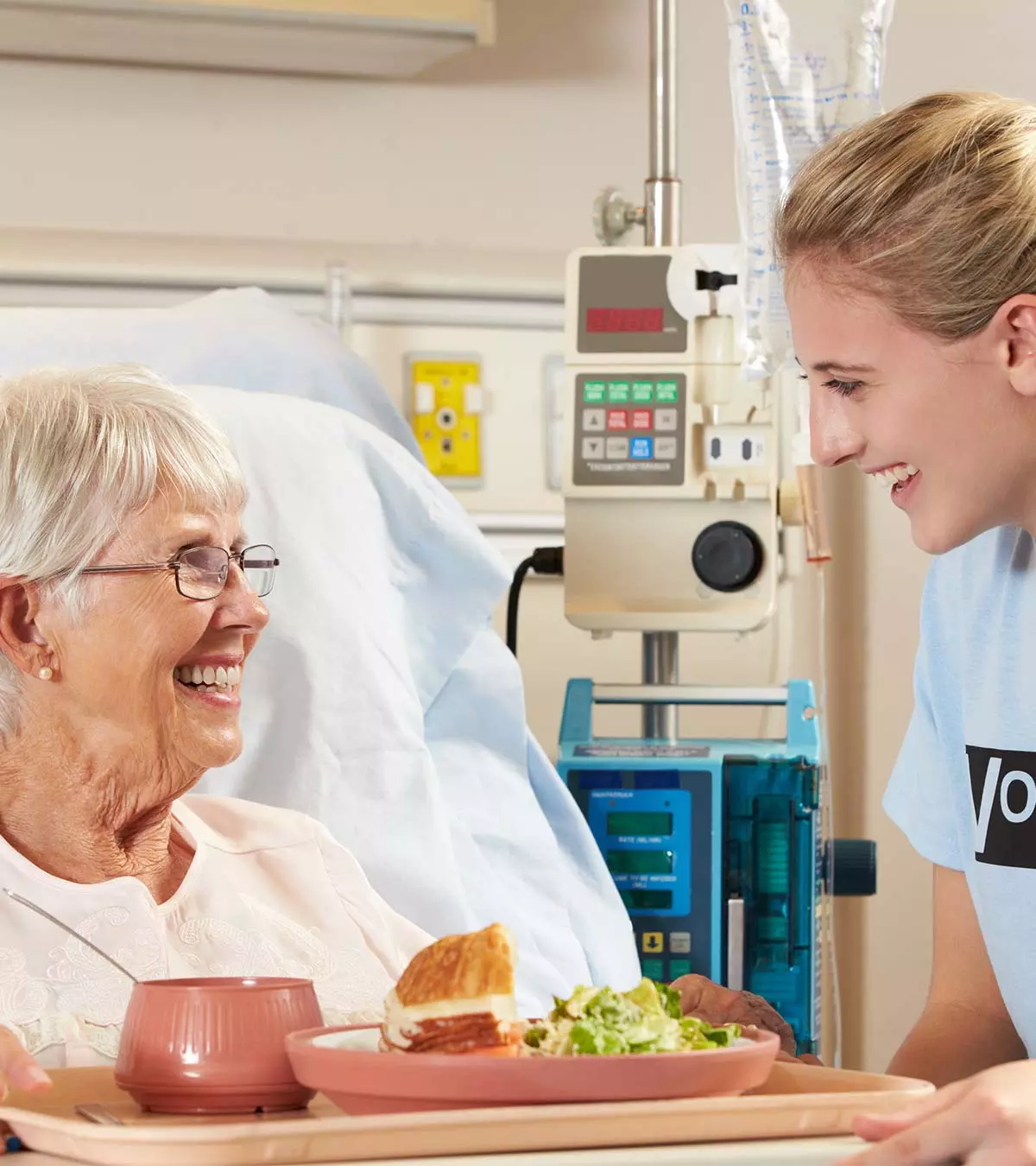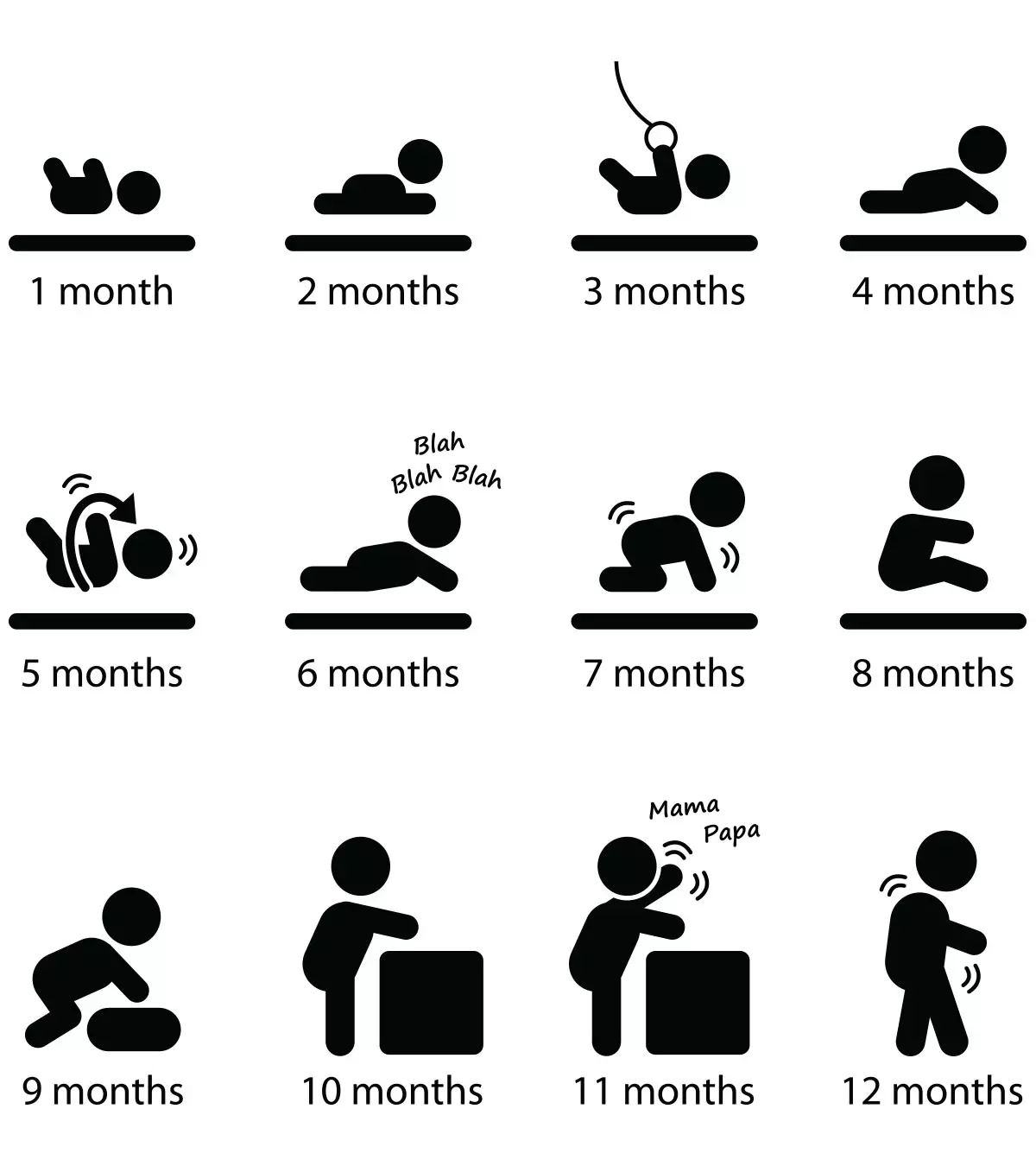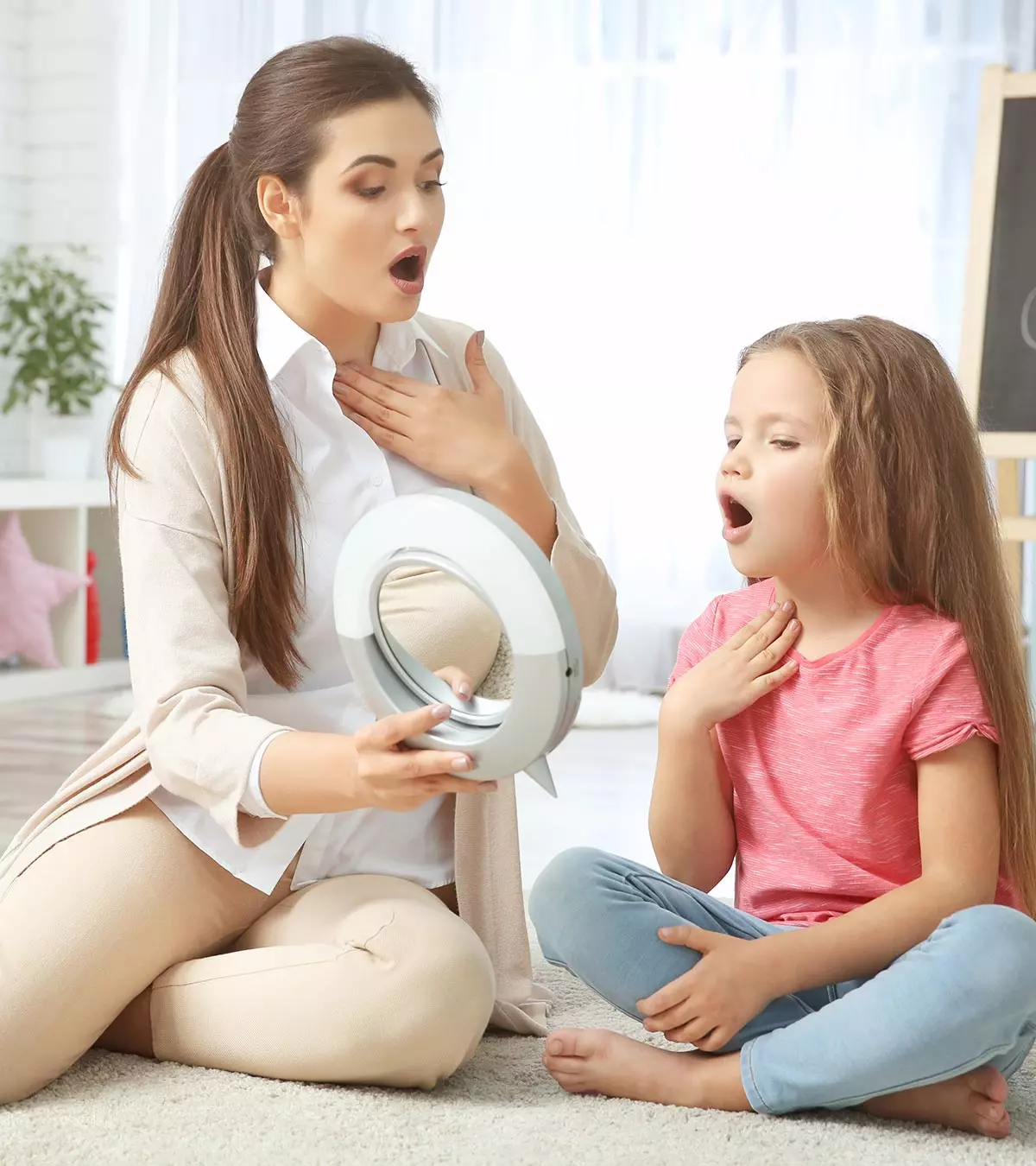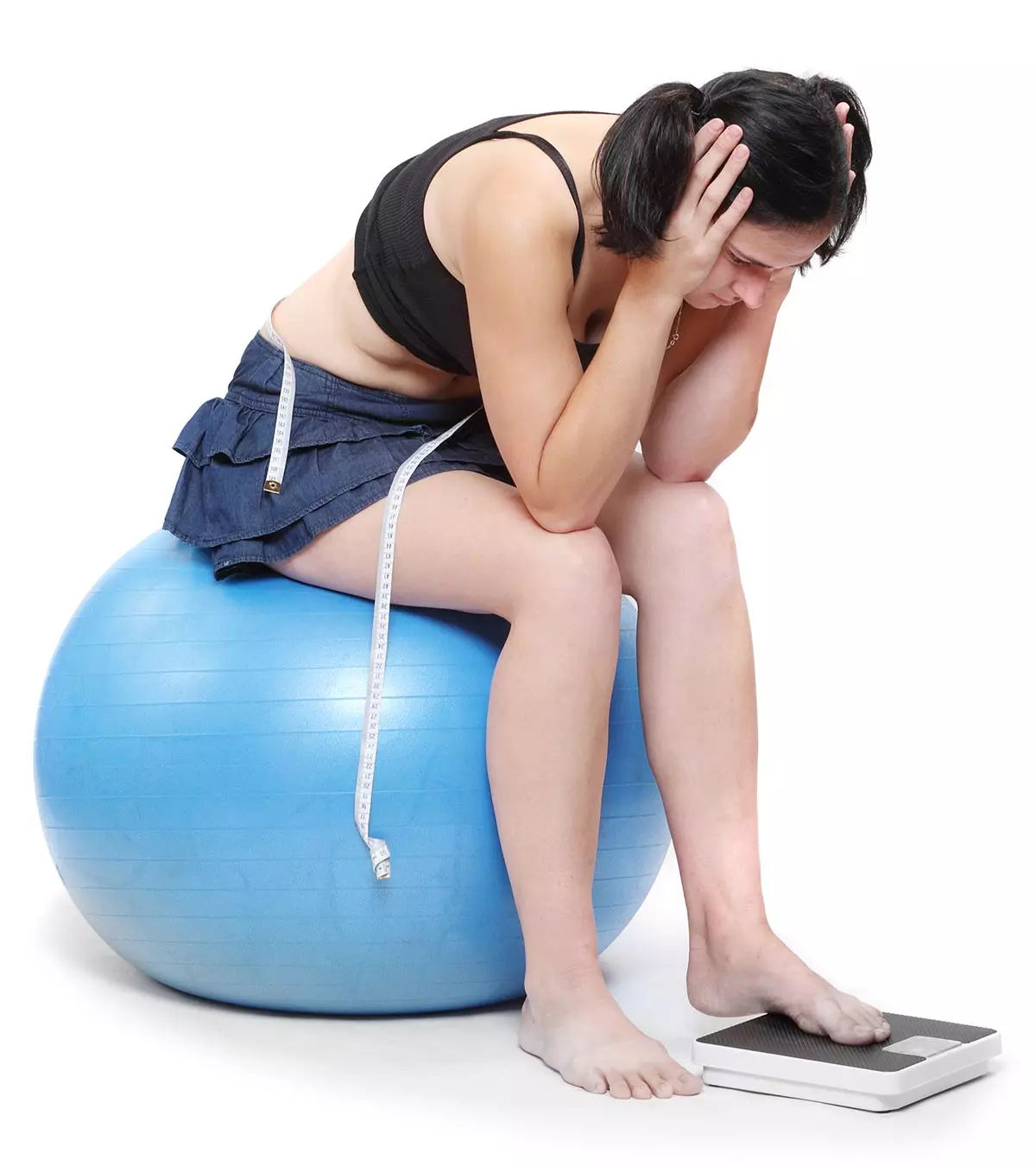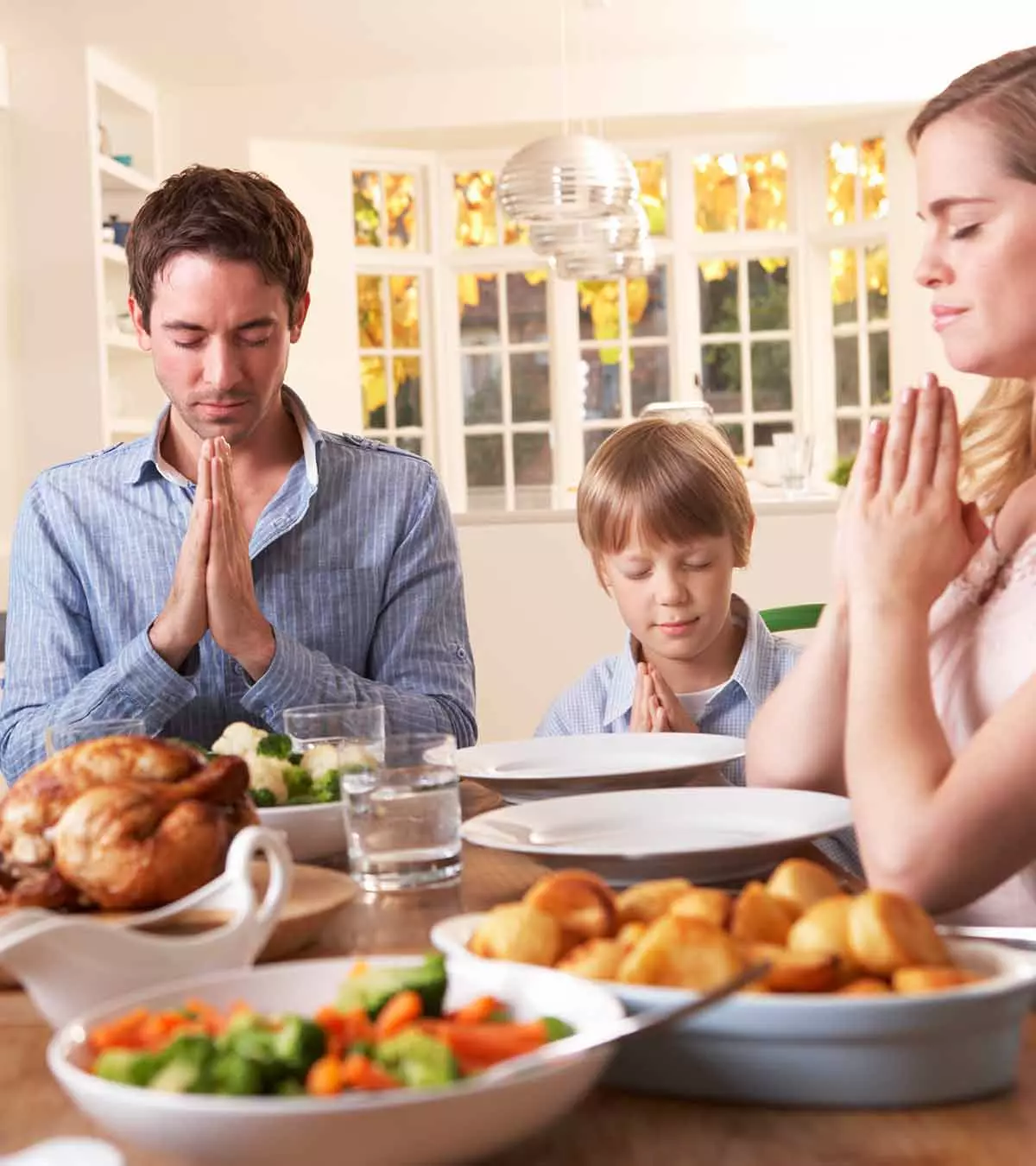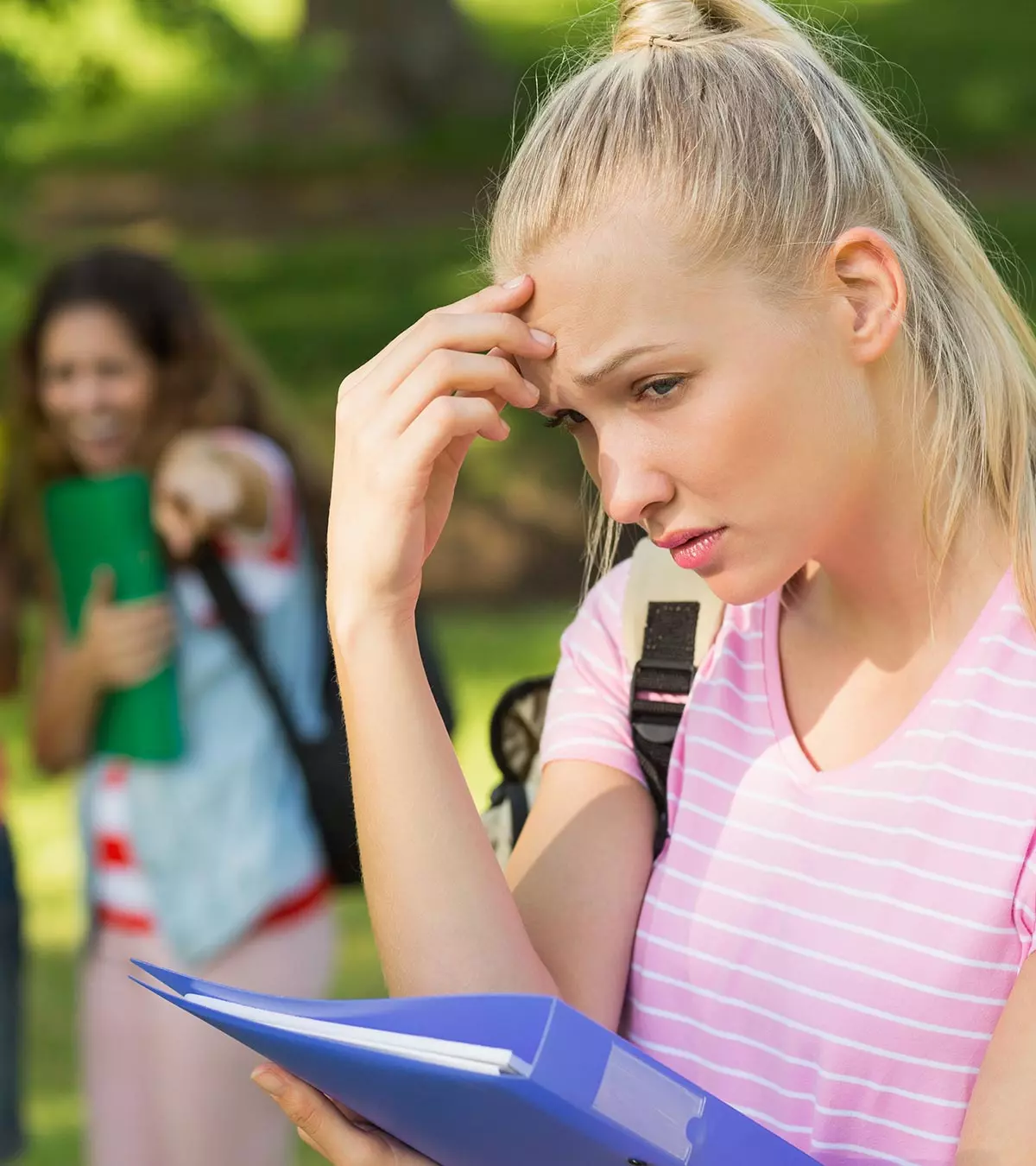
Image: ShutterStock
Teenage years are the time when children make most of their friends.

They have fun with them, they confide in them and they get influenced by them. But with friendship and socialization comes peer pressure.
Teen peer pressure can lead to some adverse outcomes and an unpleasant atmosphere at home. We tell you everything about peer pressure in teens — examples, the good and bad, and how parents can deal with it.
Key Pointers
- Peer pressure is a phenomenon where a teenager feels obliged to conform to their peers’ preferences in order to fit in.
- Changes in lifestyle or dressing, as well as engaging in risky behaviors such as smoking, drinking, and other harmful activities, can be indicators of peer pressure.
- Aggressive behavior, irregular sleeping patterns, loss of appetite, isolation, and breakdown of communication are warning signs that parents should be aware of if their teenager is experiencing peer pressure.
- To alleviate peer pressure, parents can encourage open communication, establish clear boundaries, and promote their teenager’s self-esteem.
- Additionally, teaching teenagers to remain calm and to say no to dangerous offers made by their friends is critical.
What Is Peer Pressure?
Peer pressure is a situation where the teen feels compelled to do something because they want to be a part of a social circle and be valued by it. Friends and members of a larger group (classmates, schoolmates, etc.,) constitute the peers.
The teen gives more importance to their peers’ opinions than their own thoughts. Hence, peer pressure can make the teen do things that they would otherwise not do.
Why Does Peer Pressure Influence Teens?
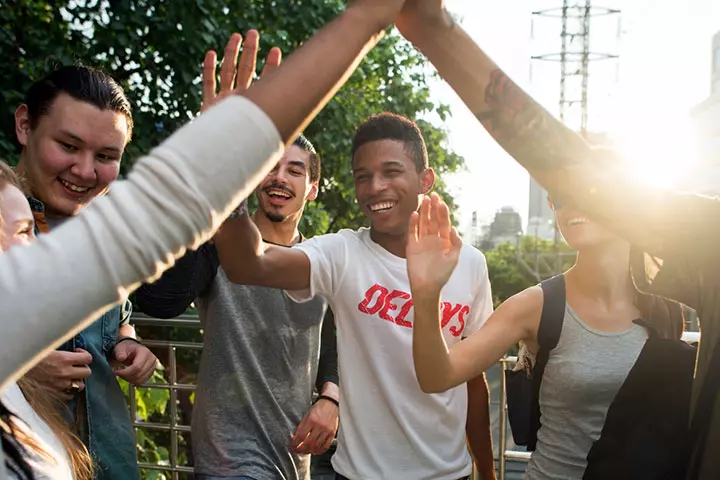
Here is why teens get easily influenced by their peers:
- Importance to peers’ opinion: Teenagers lay a lot of emphasis on the opinions of their friends and the larger group. While teenage independence is seen when they interact with adults, often, teens are aligned with the larger group instead of staying independent. The views and beliefs of their friends can become the prevailing norms for teens. Research has found that teenagers are likely to take more risks, such as speeding in a car, when their friends are watching them (1).
- Rapid teenage transformation: Several mental and physical changes, including emotional changes during puberty, occur during the adolescent years. There is a natural urge to forge friendships with those of the same age and those going through similar changes in life. The teen feels that the best way to gain acceptance and form friendships within social groups is by behaving in the same manner with conformity as their peers do. This helps build their identity and self-esteem.
- A strong urge to fit-in: The need to fit-in could be so great that it can drive the teen into impaired and risky decision making, which the teen may perceive to be “cool” in order to achieve a sense of belonging.
- Risk taking: Teenagers are most likely to ignore risks in favor of a reward while being under the influence of peer pressure (2). A teen is likely to be involved in a crime or consume alcohol when they are in a group of peers (3). A teenager is also five times more likely to be involved in a car accident since they are most likely to drink and drive when with peers (4).
People are the most vulnerable to peer pressure in their teenage years, and the pressure can manifest in various ways. Let’s see some examples.
Examples Of Teen Peer Pressure

Below, we have listed some of the most common scenarios of peer pressure among teens; some might be good while some are harmful for the teenager:
- Changing one’s talking style to mimic those in the friend circle; using words that are often used by peers.
- Copying the dressing style, haircuts, and jewelry.
- Watching the same movies and TV shows as friends. Listening to the same music as friends.
- Participating in competitions or joining groups like a sports or singing group.
- Doing risky and rebellion acts like breaking rules. Often the rule is broken in a group or after seeing someone in the peer circle do it.
- Indulging in activities like smoking, drinking, using drugs, or sexual activities.
As the examples indicate, peer pressure can be both negative and positive.
Types Of Teen Peer Pressure
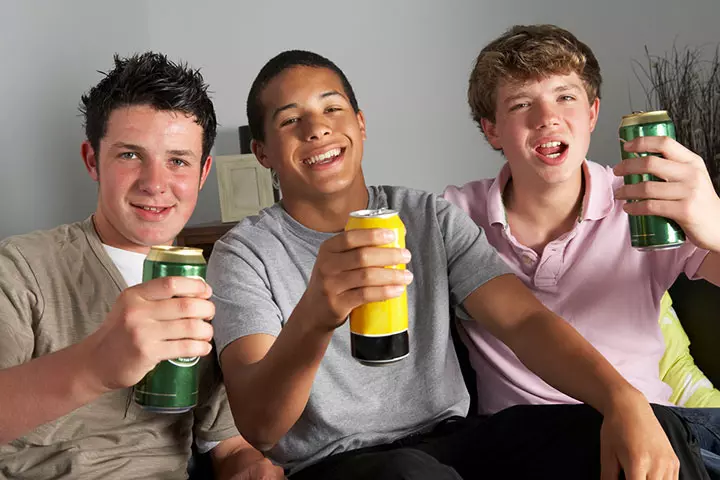
The types of teen peer pressure can include:
- Negative peer pressure: Causes the teen to pick habits that are inappropriate for their age. Examples include underage drinking, smoking, drug abuse, having unsafe sex, and doing illegal activities.
- Positive peer pressure: This makes the teen do positive things such as joining in a gym to maintain a healthy weight, participating in competitions, joining a hobby group, and following some good, everyday habits like eating healthy food because peers do the same.
- Direct peer pressure: This is a straightforward type of pressure where someone explicitly tells, asks, or persuades another to do something. It can involve verbal requests, like a friend urging to try smoking, or physical gestures, like nudging to join an activity.
- Indirect peer pressure: It often happens when teens feel a need to conform based on what others are doing or develop specific attitudes to fit in with friends or social groups.
Children look to their friends for emotional support during their early adolescence and teenage years. However, the range varies according to gender. As shown in the graph below, girls tend to confide in their peers more than boys of the same age group. Similarly, the level of patiently listening to one another is also higher in girls than boys.

Items of teen peer attachment categorized by gender
Source: Adolescents' relationships with their peers; The Longitudinal Study of Australian ChildrenPositive peer pressure, whether direct or indirect, is a delight for parents who may struggle to encourage good habits in their children. Negative peer pressure, however, is a cause for concern.
Benefits Of Teen Peer Pressure

Some effects of peer pressure can be positive, even though teen peer pressure may be seen in a negative light. Having a positive peer group can exert a positive impact and hold considerable significance in your life.
- Positive pressure from a peer group can foster positive habits, such as exercising or running daily to maintain physical fitness. Friends’ influence and encouragement inspire healthy behaviors.
- Peer pressure promotes awareness, making teens more attentive to their surroundings. This increased alertness promotes self-improvement, encouraging teens to notice and learn from even minor events for personal development.
- Witnessing peers’ achievements serves as inspiration for positive change. Teens can learn and adapt from the successes of their friends, motivating them to enhance their own skills and accomplishments.
- Having friends around makes our childhood experiences special. Trying new things alone can be tough; it needs courage and confidence. But when you do it with friends, it becomes not just fun but also inspiring.
When To Be Concerned About Teen Peer Pressure?
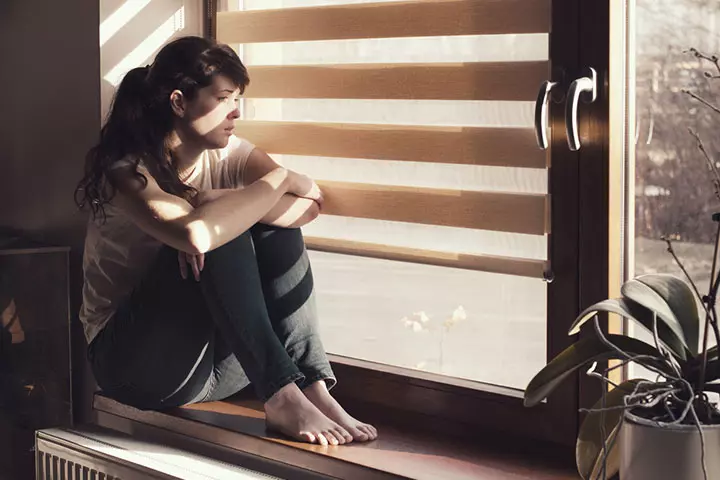
Negative peer pressure can be a problem if you see the below signs in your teen:
- A sudden change in behavior; display of aggression and erratic behavior like never before.
- The teen speaks in monosyllables and does not talk openly with family members.
- They seem depressed or anxious all the while.
- The teen gets angry even with simple matters; are aggressive and short-tempered.
- Having trouble falling asleep, and irregular sleeping patterns.
- Changes in the physical appearance that make the teen appear unwell.
- A loss of appetite or trouble eating.
- Withdrawal from activities and social groups that the child once enjoyed.
- Reluctance to go outside the house or go to school.
- Speaking negatively about life and saying words that suggest that the teen has given up all hope.
A combination of all or a few of these signs in your child means they need your help.
How Can Parents Help Manage Teen Peer Pressure?

Here is what you can do to keep negative peer pressure away from your teen. The steps involved are usually a part of good parenting.
- Ask specific questions about their day: Ask specific rather than open-ended questions about how their day was- such as, “What did you do in your favorite subject today?” “Who was your lab partner?” Rather than, “How was your day” and “Do you like school?” This way, you’ll get answers that are longer than a yes or a no. Have a conversation with them every day to keep yourself updated about the events in the teenager’s life. However, make sure you don’t sound interrogative. It also allows the teen to know that their parents are open to communication, and he/she can rely on them for emotional support.
- Maintain a calm approach: This may be one of the best tips to solve teenage problems and solutions for peer pressure and other aspects of their life. If your teen just confessed that they had a drink today due to peer pressure, appreciate their honesty. You can then ask them how they felt after taking the drink, “Did it make you feel dizzy?” “What do you think the effects on your body were?” Do not get angry or shout. It will make it harder for the teen to approach you with their problems and confess. Negative reactions to a confession or a problem can make the teen drift away from parents and get more involved in peer groups, who may encourage negative pacifiers like drugs and alcohol. Maintaining a more conversation-like approach with your teen rather than shouting at them, can help them see for themselves why drinking alcohol is not beneficial to them.
- Build self-confidence: Teens with poor confidence levels and low self-opinion are more likely to succumb to negative peer pressure. Parents can help the teen build self-confidence. Show them instances of how you yourself face peer pressure and have them watch you overcome it, modeling doing what is right in the face of negative peer pressure which they will see makes a person stronger. Take skill classes together or work on projects together where you and your teen can both feel proud.
- Set some rules: Have some rules for your children to follow. Let them know when you expect them home every day, occasions when they can stay out late and the rules of driving. This will make the teen know what is acceptable and what is not.
- Teach polite yet firm ways to say “No”: Teach a child to decline a negative offer made by their friends. For instance, if the teen has several classmates who smoke, then teach the teen to decline any offer by saying “No, thank you. I do not want to smoke”. Show them videos that explain how smoking is harmful to the body. Let your child know that when others refuse to consider the harmful effects on their body, it is not worth engaging in an argument with those peers. The hope is that your child will know they don’t want to be in that situation and has the internal strength to leave it.
- Encourage interaction with a wider circle of friends: Motivate the teen to make friends not just at school, but in the neighborhood, a local park or at their hobby classes too. It will help bring an assortment of friends and acquaintances into their social life rather than one group so that the child can experience the diverse influence and group dynamics of multiple peer groups. It can help dilute any negative peer pressure and also provide more friendship options. Finding peer support from a positive group is the best way to escape the influence of negative peer groups.
Frequently Asked Questions
1. Is peer pressure a big problem for teenagers?
Peer pressure can have both positive and negative effects on a teenager. According to one study, peers with risk-taking behavior may negatively influence others, while those with protective behavior may positively influence their friends. So, peer pressure does not necessarily have to be a problem. The right peer pressure could guide teens toward getting involved with the community and becoming more empathetic (1).
2. Where does peer pressure happen the most?
Peer pressure can occur where there are peer groups, such as a school, community, team, etc. Peer pressure can also happen on a larger scale, like the pressure of popular culture to dress a certain way or listen to a particular kind of music (2).
3. How can schools and community organizations help prevent negative peer pressure?
Schools and community organizations play a crucial role in promoting positive peer influences and preventing negative peer pressure among young people. Encourage open discussions and interactive sessions to raise awareness among students and community members. Establish mentorship programs where older students or responsible community members act as positive role models. By promoting a positive environment, schools and community organizations encourage individuals to make their own choices based on personal values rather than succumbing to negative peer pressure.
4. What are the differences between peer pressure and bullying?
Peer pressure refers to the influence exerted by one’s peers or social group to conform to certain behaviors, beliefs, or attitudes. It is often seen as a normal part of social interaction and can be both positive and negative. Whereas, bullying involves repeated aggressive teenage behavior, typically characterized by an imbalance of power, where an individual or group deliberately and persistently targets another person to cause harm, distress, or fear.
5. How can teens make healthy decisions even when under peer pressure?
Making healthy decisions can be challenging, especially when faced with peer pressure. Understand what is important to you and what you value in terms of your health and well-being. Learning how to make your teenager responsible is critical at this point. Try to spend time with friends who share similar values and encourage healthy choices. Positive peer pressure can be a powerful motivator. Maintain open lines of communication with trusted adults such as parents, teachers, or mentors. They can provide guidance, support, and advice when you face challenging situations.
Teen peer pressure could make them engage in activities that a teen might normally be uninterested in. Since these activities may make your teen prone to bad habits, it is safer to curb any wrong-doings at its budding stage. Understand the cause behind the influence and try to deal with the situation gently. Also, try to increase their friend circle so that they can identify the difference between good and bad friends by themselves. You may try the above tips to deal with a teen falling prey to negative peer pressure. However, if the above approaches don’t work, you may also seek the help of a psychologist.
Infographic: Tips For Teens To Deal With Peer Pressure
Peer pressure is real, and the sooner one accepts it, the better it can be managed. Also, teens can tackle it independently by implementing the suggestions in this infographic. Save and share it with your teenager to help them get out of the negative influence. Illustration: Momjunction Design Team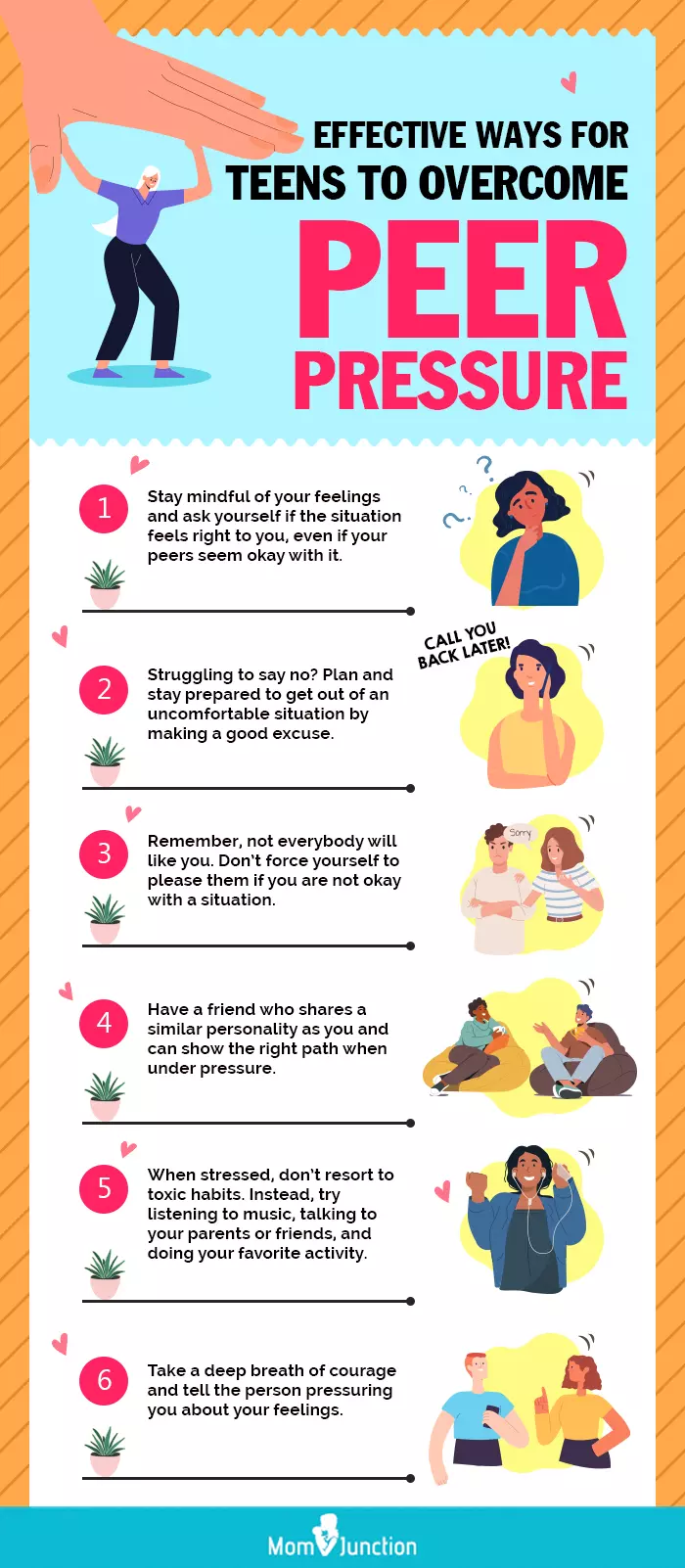
Illustration: Tips To Deal With Different Types Of Teen Peer Pressure
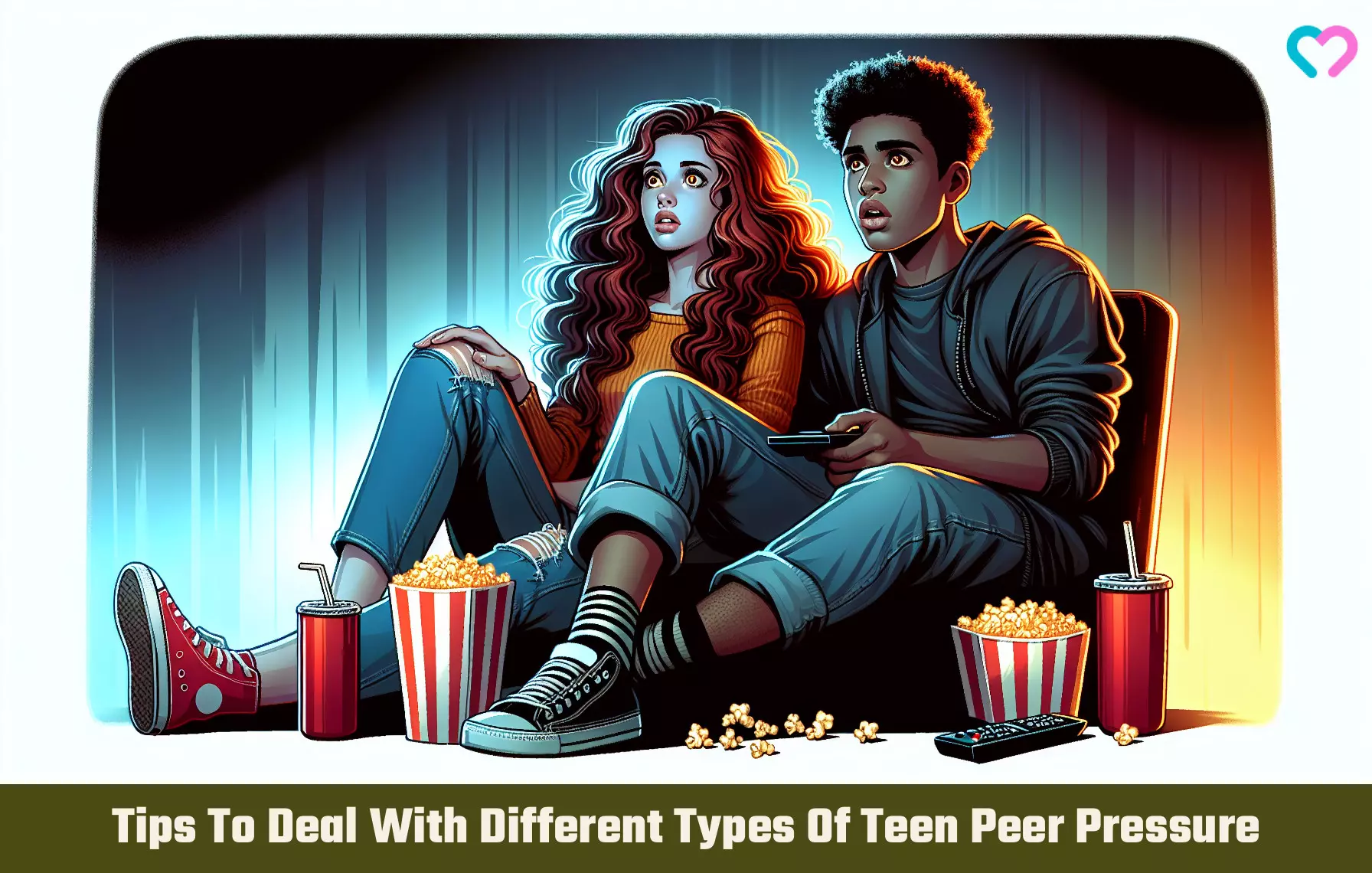
Image: Dall·E/MomJunction Design Team
As a teenager, it’s important to know how to handle peer pressure. This video will show you how to stay true to yourself and make the right decisions.
References
1. Why Does Peer Pressure Influence Teens To Try Drugs?; National Institute on Drug Abuse
2. The Power of Peers; National Institutes of Health
3. When it comes to peer pressure, teens are not alone; Temple University
4. L.Zhang, W.F. Wieczorek, & J.W. Welte, The Influence of Parental and Peer Drinking Behaviors on Underage Drinking and Driving by Young Men; National Center for Biotechnology Information
5. Helping teens deal with peer pressure; Children’s Hospital Association
6. Peer Pressure; Mentally Healthy Schools
Community Experiences
Join the conversation and become a part of our nurturing community! Share your stories, experiences, and insights to connect with fellow parents.
Read full bio of Rabbi Shlomo Slatkin
Read full bio of Sagari Gongala
Read full bio of Harshita Makvana
Read full bio of Apoorva K








